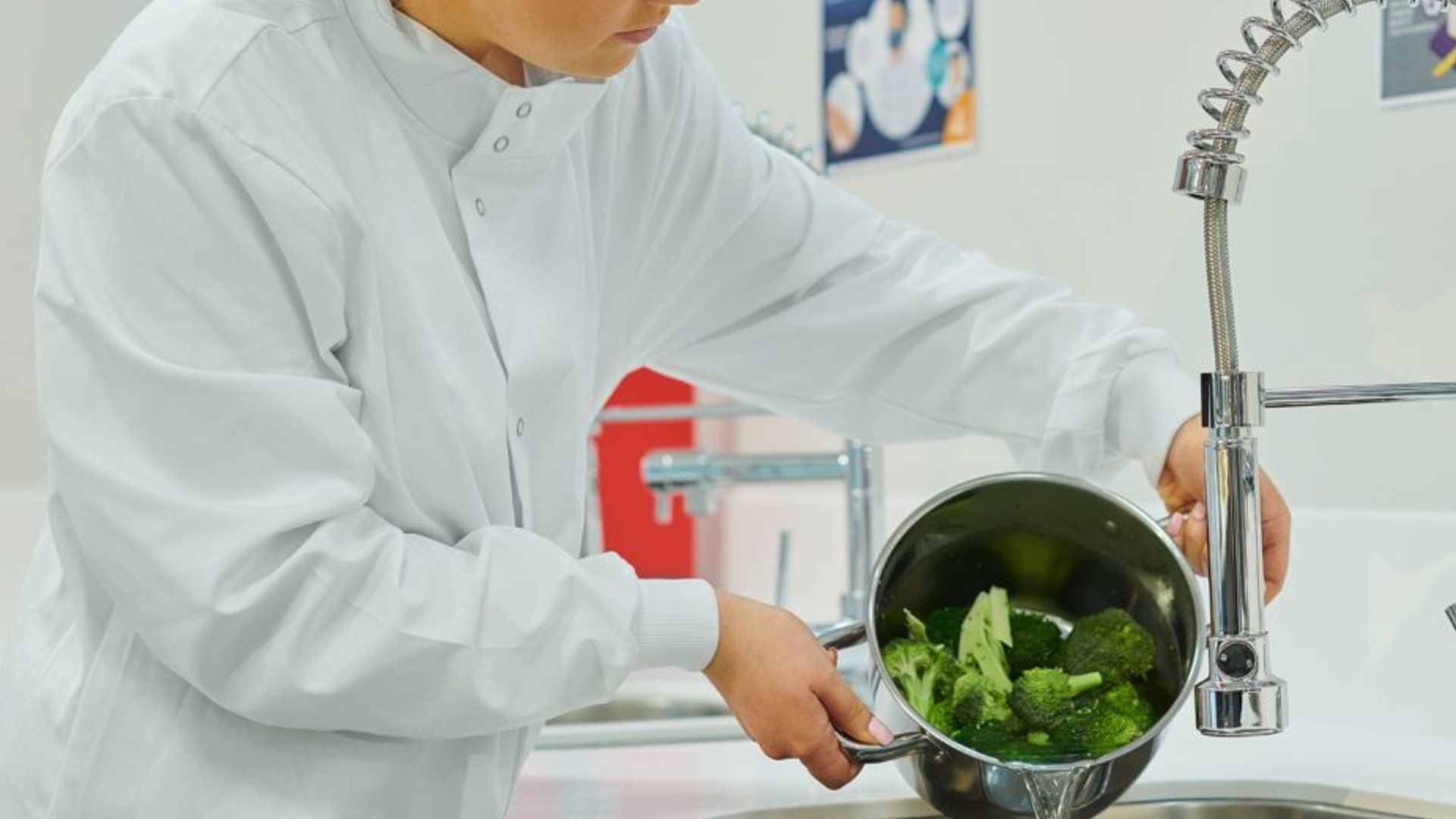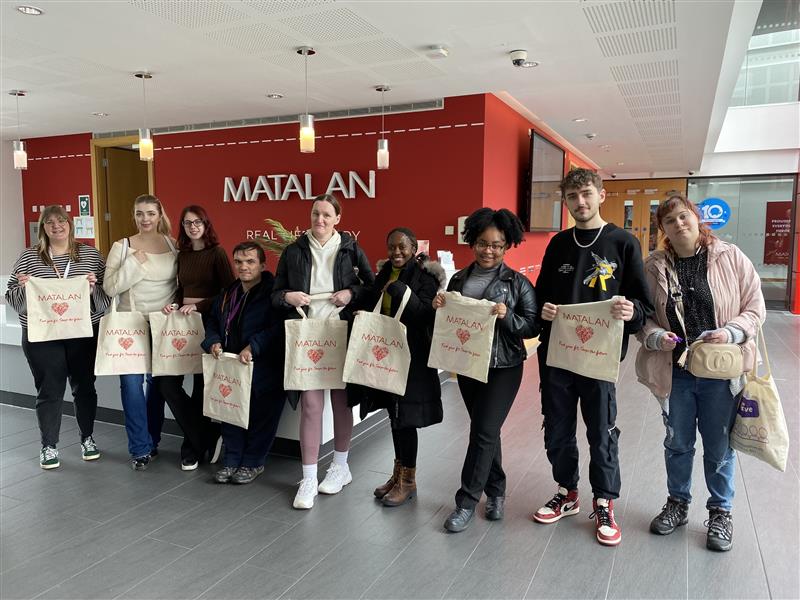Senior Lecturer, Dr Claire Blennerhassett, has always been fascinated by how much we can push the body in terms of fitness. Claires interests and teaching focuses on how nutrition can be used to help people to optimise their physical activity and long-term health, as well as to improve food sustainability. Claire sat down with us to tell us more.
My teaching and research interests are diverse. I am particularly interested in exploring, with students, ways of supporting the general population to adopt a healthy diet, be physically active, and engage in other healthy behaviours. This can have wide ranging benefits for individuals, communities, organisations, not to mention the planet.

How can students get involved with these topics?
During the second year module, Exercise, Diet and Health Promotion, students are provided with the opportunity to look into the health, diet and physical activity status of different population groups and explore evidence based strategies to improve the overall health of a target population. They explore health promotion theory and consider potential barriers to being active and eating well. Many of our graduates go on to employment in health promotion roles, so developing skills in assessing the health needs, lifestyle behaviours and barriers to a healthy diet and being physically active, is a real benefit of this module.
On this module, students are also introduced to a range of equipment that allows them to measure physical activity and fitness levels and estimate energy expenditure (rest and active). They also gain experience of what it is like to exercise with mobility restrictions, considering how health promotion services may need to be adapted for different population groups. Check out some of the equipment we use below.

Energy expenditure
This piece of equipment (Fitmate Pro) is used to estimate resting energy expenditure. It measures the amount of oxygen being consumed at rest and based on that data estimates how many calories are expended. The equipment is adjusted to the weight of the individual to ensure that the data produced is accurate.

Sub-maximal exercise testing
The Fitmate Pro used to estimate energy expenditure at rest also estimates the energy needs of activity. It can also be used to assess an individual’s fitness level. In this image, students are using this particular piece of equipment to measure aerobic capacity – based on an individual’s maximum oxygen uptake. This can be estimated via submaximal or maximal tests for a range of activities.

Bio-electrical impedance analysis
Students also get the opportunity to use our bio-electrical impedance analysis. This equipment sends an electrical pulse around the body. Using evidence based equations related to the density of fat and fat free mass (including muscle), it estimates how much body fat and lean mass an individual has.

Geriatric suits
The geriatric suits provide a similar opportunity to experience activity with mobility and sensory impairments. The students have eyewear that alters visual perceptions, and earplugs that impair hearing. Joints are also restricted and gloves alter touch sensations to simulate the restrictions faced by elderly individuals. Again, students think about how traditional forms of exercise need to be adapted for someone who has these impairments and how they could help them feel safe, confident and motivated to take part in physical activity.

Bariatric suits
We run a session using bariatric suits to allow students to experience what it is like to exercise with additional weight and the associated restrictions in mobility with central obesity. This suit changes the centre of gravity, which alters a person’s balance and can make activities more challenging. Students consider how exercise and health promotion interventions may need to be adapted to suit the needs of specific groups of individuals, as well as their own role in supporting individuals to be more active, including overcoming barriers and confidence building.

Food sustainability
Throughout the course, students will get to see how the food system works and how food has an impact on sustainability of the planet. A lot of students and young people have become very interested in this current global topic, and, in many respects, they are pioneering the way. This is good to see as our current and future graduates will have the opportunity to change the food system and make it more sustainable for the ever-growing population. This is something I am particularly passionate about and it has become a keen research interest of mine.






May 6, 2022


